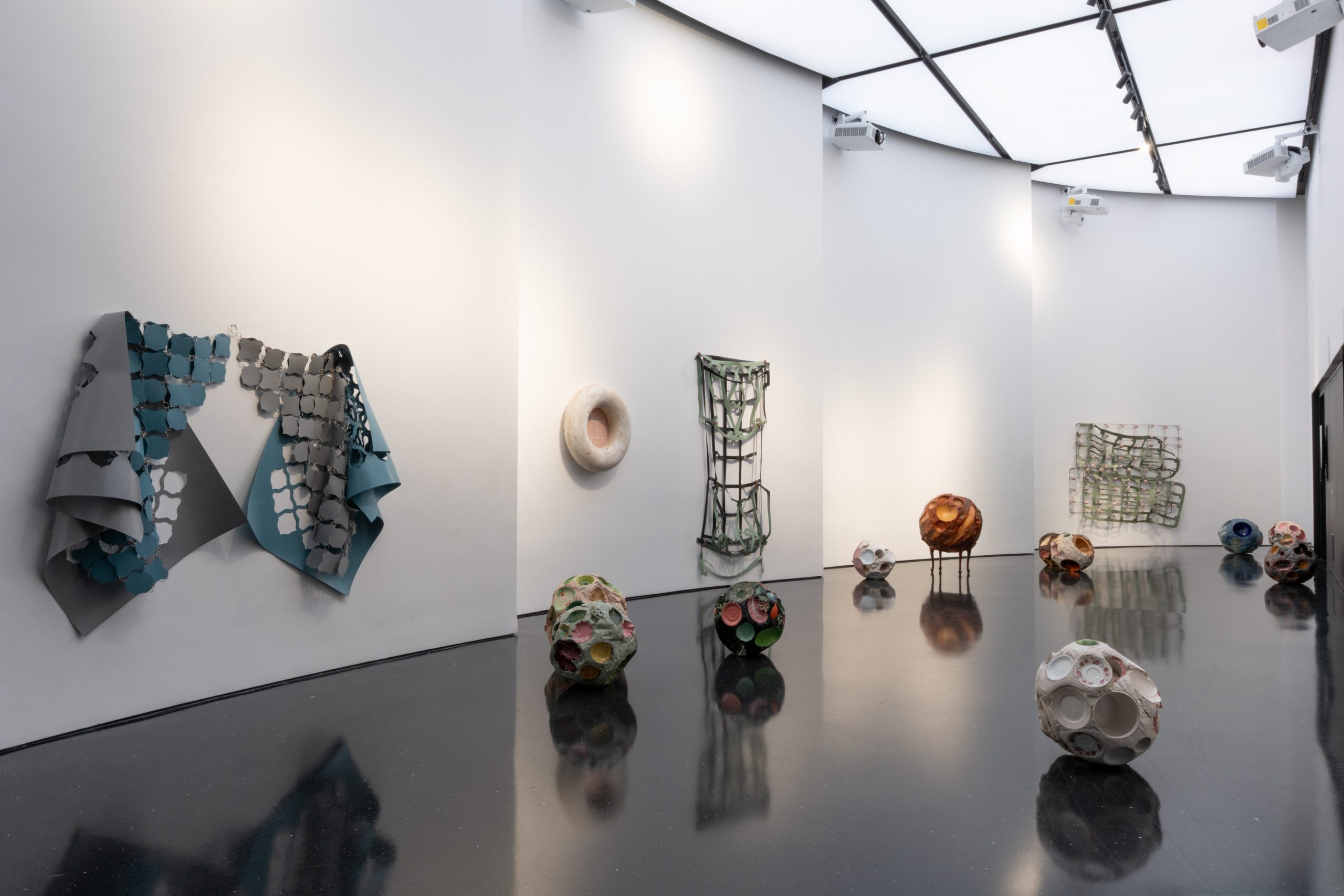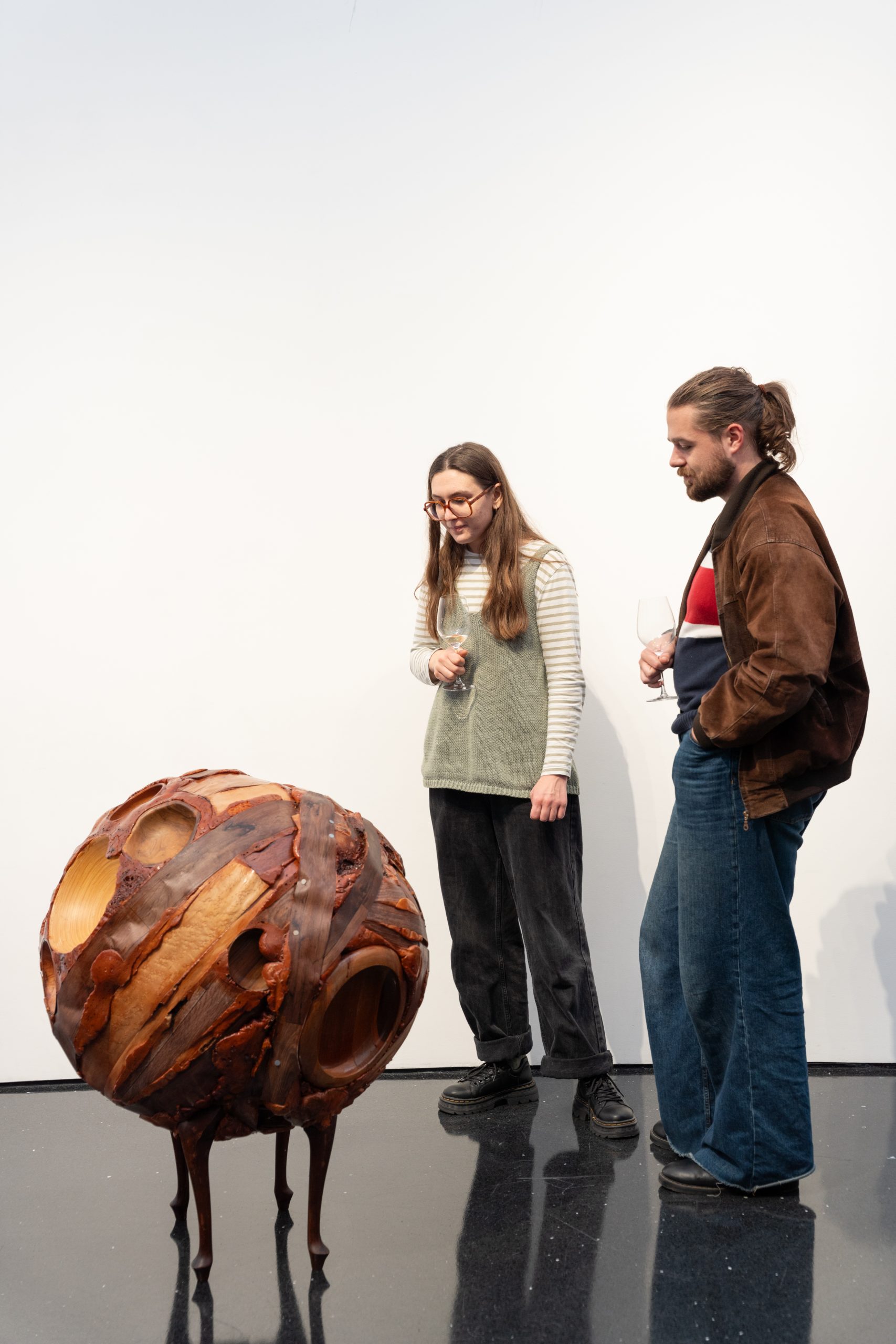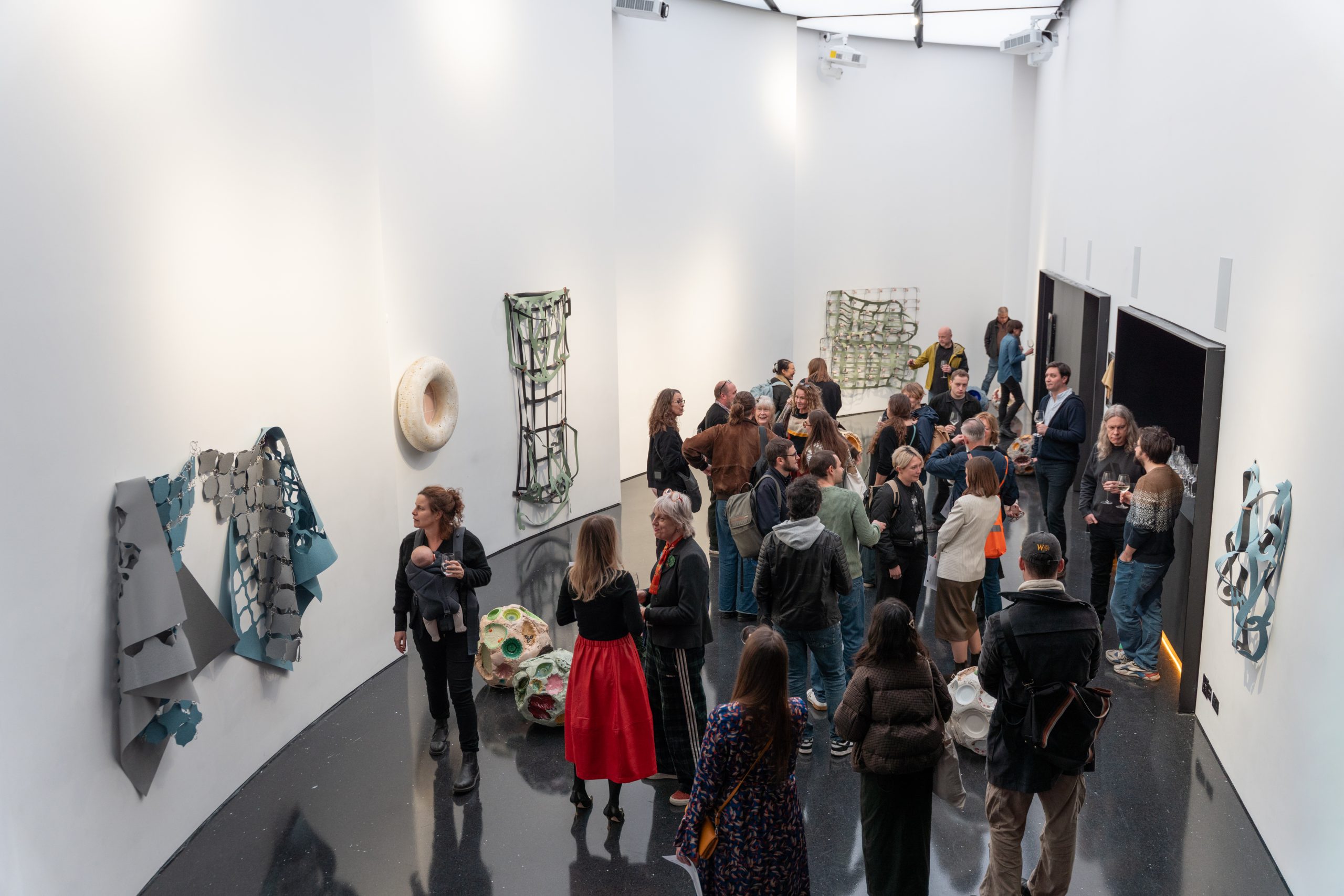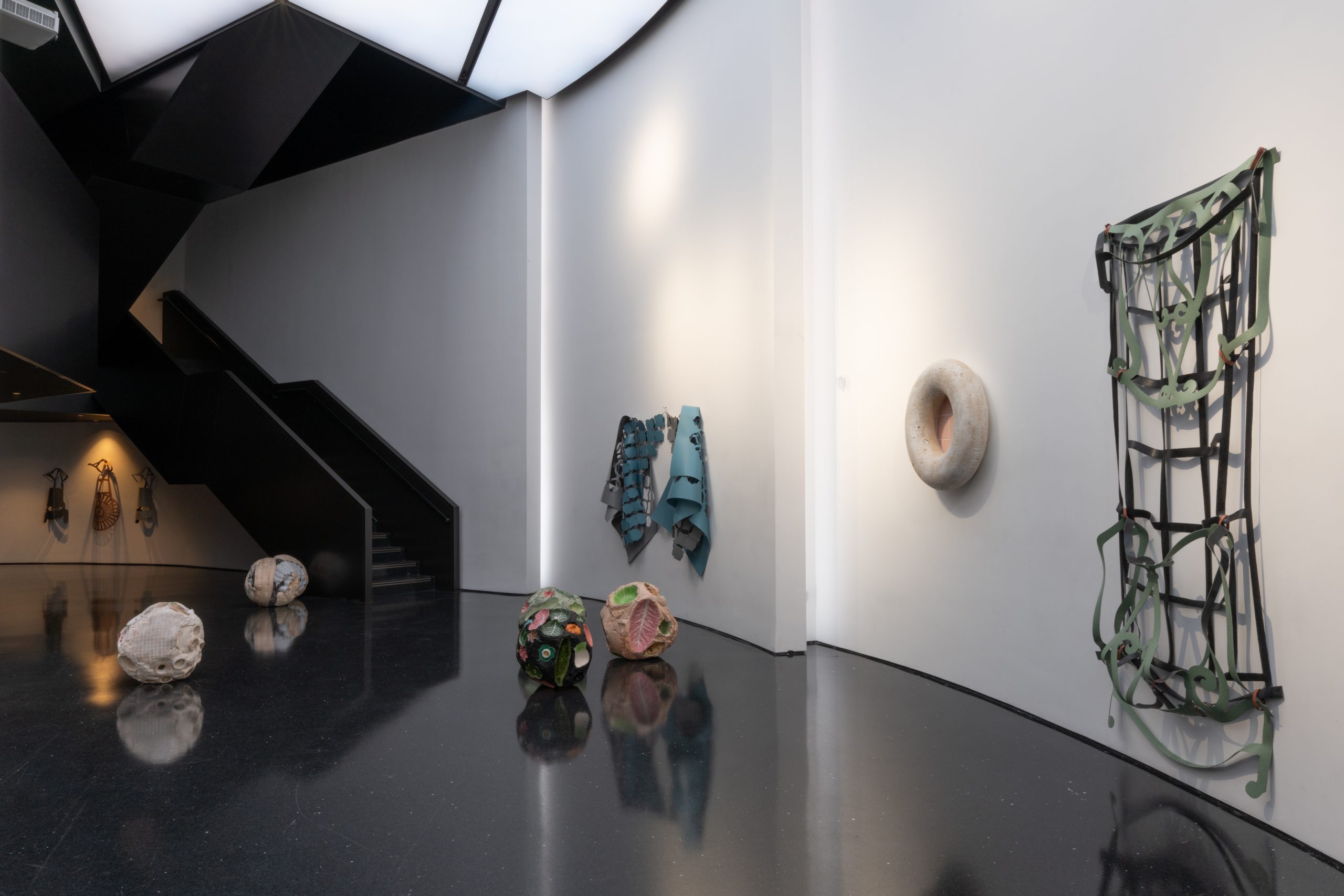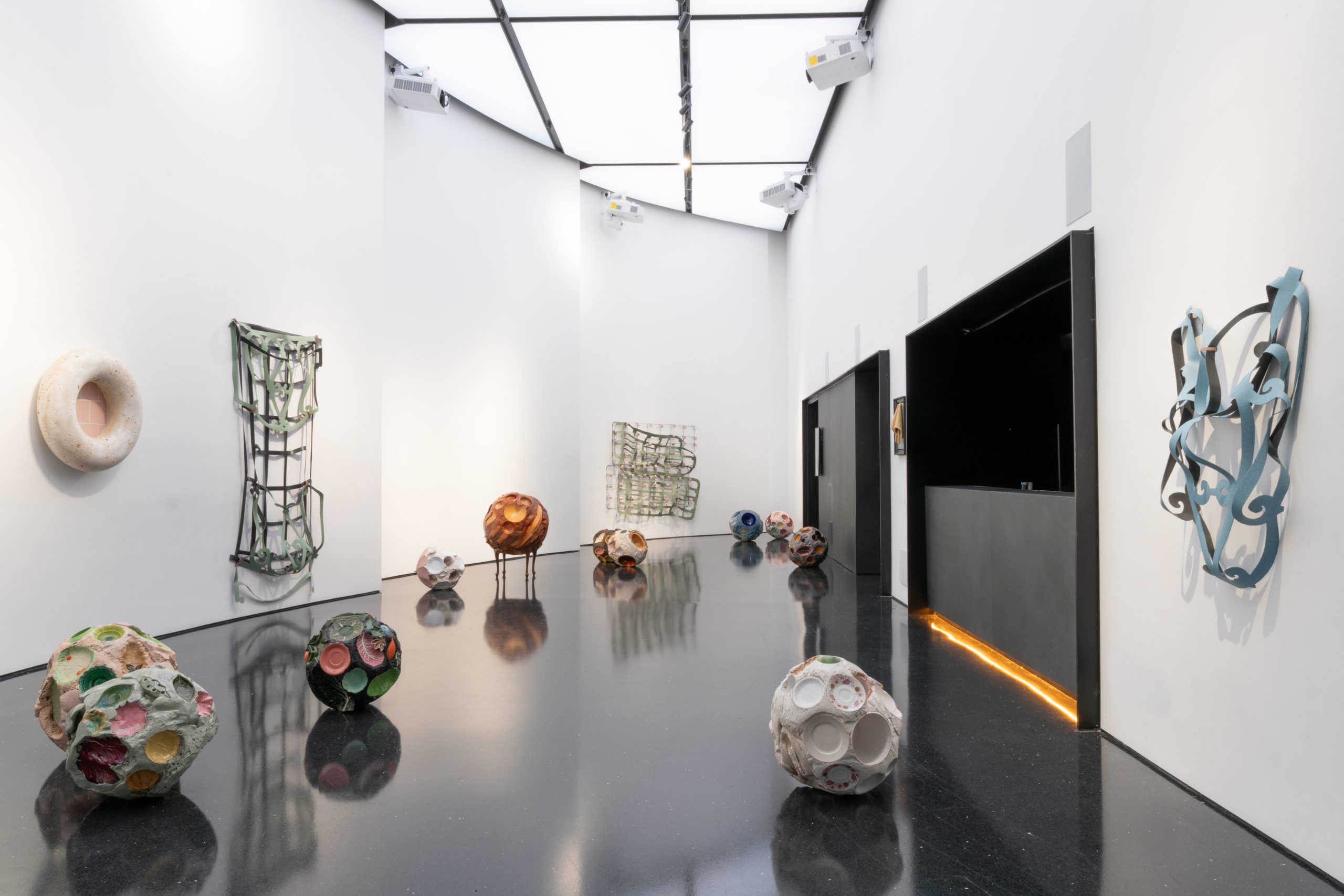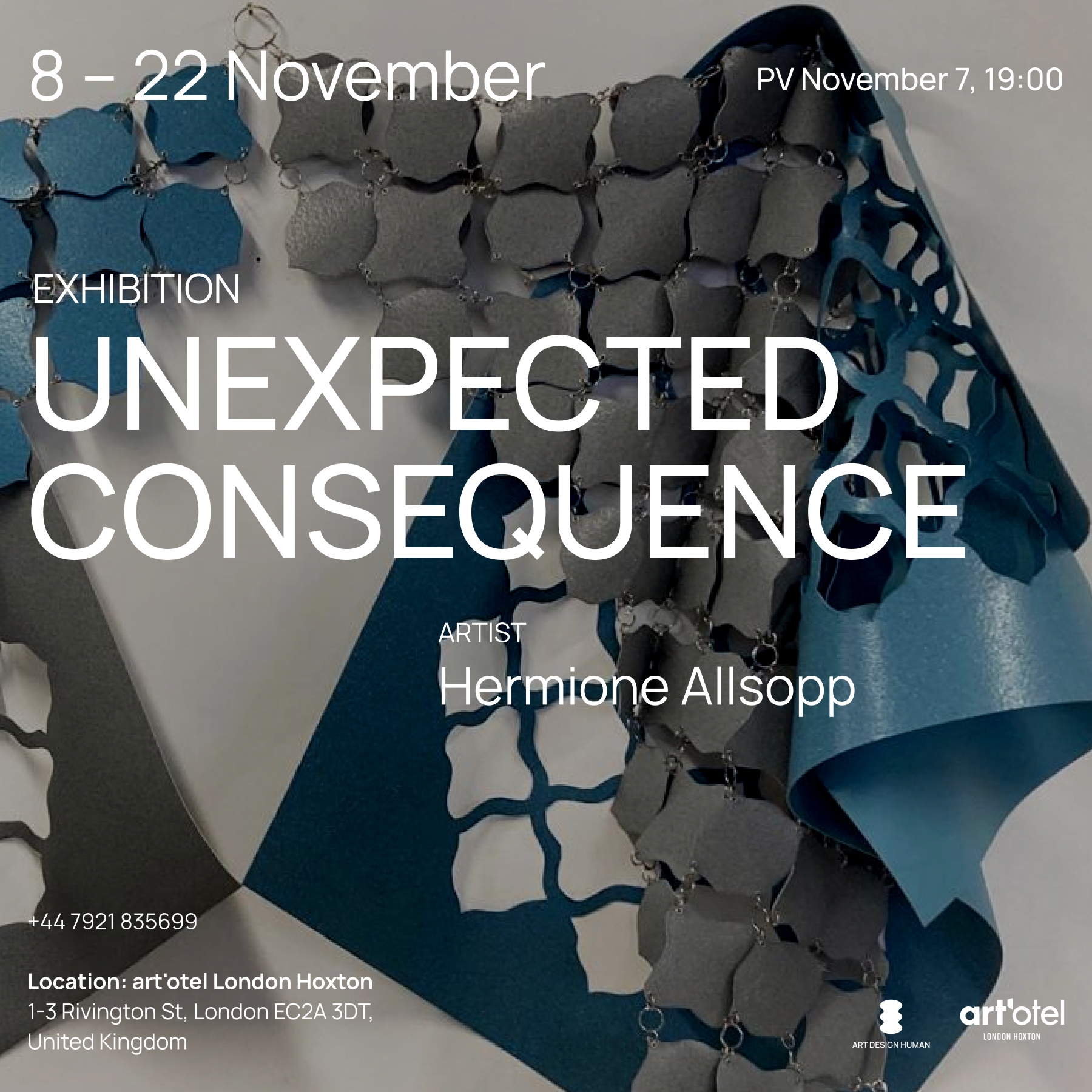
 +
+
Private Viewing:
Friday 7th November, 7-9 pm
Exhibition dates:
8 – 22 November, 2025
art’otel London Hoxton
1-3 Rivington St, London, EC2A 3DT
ADH Gallery is proud to present “Unexpected Consequence”, a solo exhibition by British artist Hermione Allsopp, who lives and works in East Sussex. The exhibition is built upon a striking juxtaposition of old and new — a dialogue between the futuristic space of art’otel and the found objects that Allsopp transforms into sculptural works with renewed identity and meaning.
Through a meticulous process of deconstruction and reconfiguration, Allsopp unveils the intangible realities embedded in once-mundane objects. Carefully arranged within the sleek, contemporary setting, her pieces stir visitors’ memories and evoke a quiet sense of nostalgia. Some are composed into abstract forms that carry a touch of irony in their new existence; others are transformed completely, granted an entirely new life.
As both creator and guardian, Allsopp moves through the world with a discerning eye, rediscovering the overlooked features of the everyday. In her work, she layers traces of the past with the immediacy of the present, maintaining a delicate balance between remembrance and renewal. Rather than criticising human attachment to objects, she honours it — preserving memory while allowing new identities to emerge. Her sculptures whisper dual affirmations from the artist to her creations: “I remember you” and “I’ve got you.”
Objects that once defined our sense of self become monuments in Allsopp’s hands. Paying tribute to the past, they rebel against obsolescence, asserting their continued presence: “I still exist. I am here.” In a world increasingly consumed by virtual experience, Allsopp’s works bring us back to the tactile and the human, grounding us in.
Working with non-artistic, found materials, she challenges traditional notions of beauty, valuing authenticity and transformation over surface appeal. By reinterpreting the familiar, she imbues these objects with emotional depth — witnesses of time and of themselves. Through this act of reanimation, Allsopp’s sculptures remind us that even within decay and loss, there is renewal — a new life after life.
Screening and Artist Talk: 20 November 2025, 6 PM
Join us on 20 November at 6:00 PM to hear directly from sculptor Hermione Allsopp, who will lead an artist tour and discuss her practice, including new works created especially for this exhibition. Following the tour there will be a screening of the collaborative video work On the Edge, created with artist Claudia Kappenberg.
Allsopp’s artistic approach is rooted in critical reflection. Positioning herself against the universal narrative of boundless optimism and productivity, she consciously steps outside the cultural sphere that produces economically driven aesthetics. Working with found, non-artistic materials, she rejects traditional notions of beauty, instead questioning the role of the art object in culture and society. Her sculptures reinterpret everyday human experiences, transforming familiar domestic objects—once symbols of comfort and identity—into poignant reflections of memory and transformation.
In Allsopp’s work, these objects become vessels of emotional and temporal layering. Through them, she examines the fragility of the present and the stratification of reality, turning remnants of personal histories into artistic expressions of renewal—acts of creation born from the transition between life and death. As an artist, she simultaneously assumes the roles of both creator and custodian.
Following the tour, guests are invited to an exclusive video art screening in the screening room of, featuring works by Hermione Allsopp and Claudia Kappenberg. Claudia Kappenberg is a performance and media artist, writer and curator. In 2010 she co-founded the International Journal of Screendance and she is director of the Centre for Screendance. Originally a dancer, she continues to work through movement and with choreographic and cinematic approaches that engage the past and bring history into conversation with the present. Concerned with what makes us human, they seek to screendance time and history.

